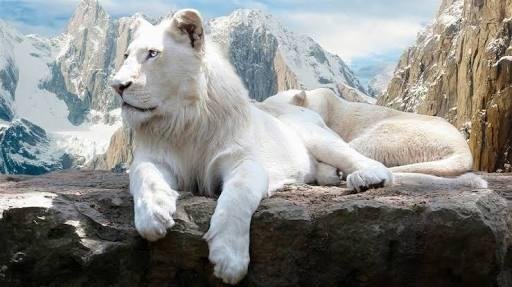White Most Beautiful Animals Photographes
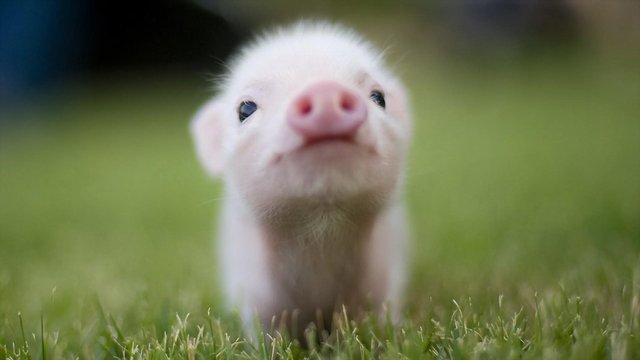
Images which idealize (like most fashion and animal
photography) are no less aggressive than work which makes a
virtue of plainness (like class pictures, still lifes of the bleaker sort,
and mug shots). There is an aggression implicit in every use of
the camera. This is as evident in the 1840s and 1850s,
photography’s glorious first two decades, as in all the succeeding
decades, during which technology made possible an ever
increasing spread of that mentality which looks at the world as a 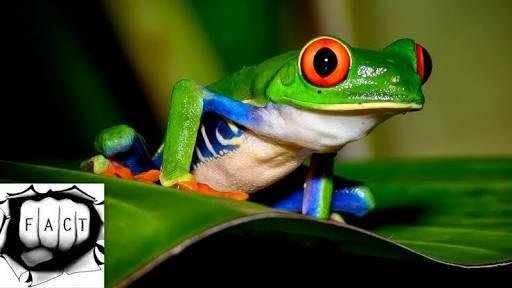
set of potential photographs. Even for such early masters as David
Octavius Hill and Julia Margaret Cameron who used the camera
as a means of getting painterly images, the point of taking
photographs was a vast departure from the aims of painters. From
its start, photography implied the capture of the largest possible
number of subjects. Painting never had so imperial a scope. 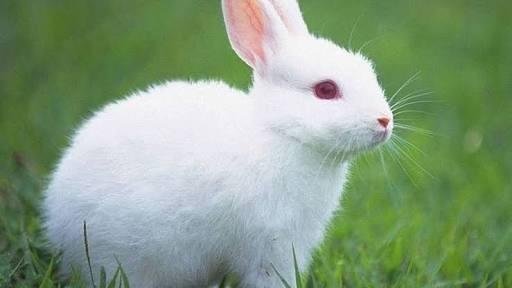 The
The
subsequent industrialization of camera technology only carried
out a promise inherent in photography from its very beginning:
to democratize all experiences by translating them into images.
That age when taking photographs required a cumbersome
and expensive contraption—the toy of the clever, the wealthy,
and the obsessed—seems remote indeed from the era of sleek
pocket cameras that invite anyone to take pictures. The first
cameras, made in France and England in the early 1840s, had only
inventors and buffs to operate them. Since there were then no 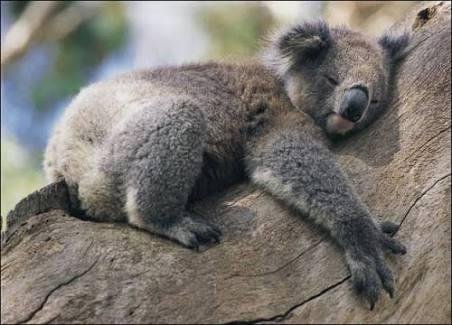
professional photographers, there could not be amateurs either,
and taking photographs had no clear social use; it was a gratuitous,
that is, an artistic activity, though with few pretensions to being
an art. It was only with its industrialization that photography
came into its own as art. As industrialization provided social uses
for the operations of the photographer, so the reaction against
these uses reinforced the self-consciousness of photography-as-art. 